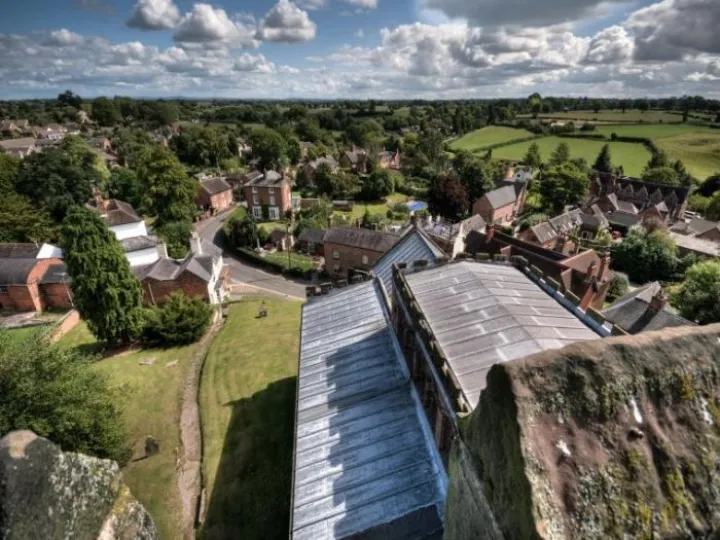







Carbon-14 was discovered on February 27, 1940, by Martin Kamen and Sam Ruben at the University of California Radiation Laboratory in Berkeley, California. Its existence had been suggested by Franz Kurie in 1934. It is a radioactive isotope of carbon with an atomic nucleus containing 6 protons and 8 neutrons.
Its presence in organic materials is the basis of the radiocarbon dating method pioneered by Willard Libby and colleagues in 1949 to date archaeological, geological and hydrogeological samples.
Materials that originally came from living things, such as wood and natural fibres, can be dated by measuring the amount of carbon-14 they contain. Once an organism dies, it stops taking in carbon-14. The carbon-14 it contained at the time of death decays over a long period of time, and the radioactivity of the material decreases (carbon-14 has a 'half-life' of 5700 years, give or take 40 years. This is the time it takes for half of its atoms to decay).
Ötzi the Iceman
In 1991 the mummified remains of a man were discovered frozen in the Ötztal Alps, near the border between Austria and Italy. Nicknamed Ötzi after the region, he is Europe's oldest known natural human mummy. His body and belongings are displayed in the South Tyrol Museum of Archaeology in Bolzano, South Tyrol, Italy.
Today's question is, how long ago has carbon dating revealed Ötzi to have died?
[Click here for the answer...]
{Ötzi died over 5000 years ago, sometime between 3350 and 3100 BC.}
This article is from our news archive. As a result pictures or videos originally associated with it may have been removed and some of the content may no longer be accurate or relevant.
Get In Touch
AudlemOnline is powered by our active community.
Please send us your news and views using the button below:
Email: editor@audlem.org





